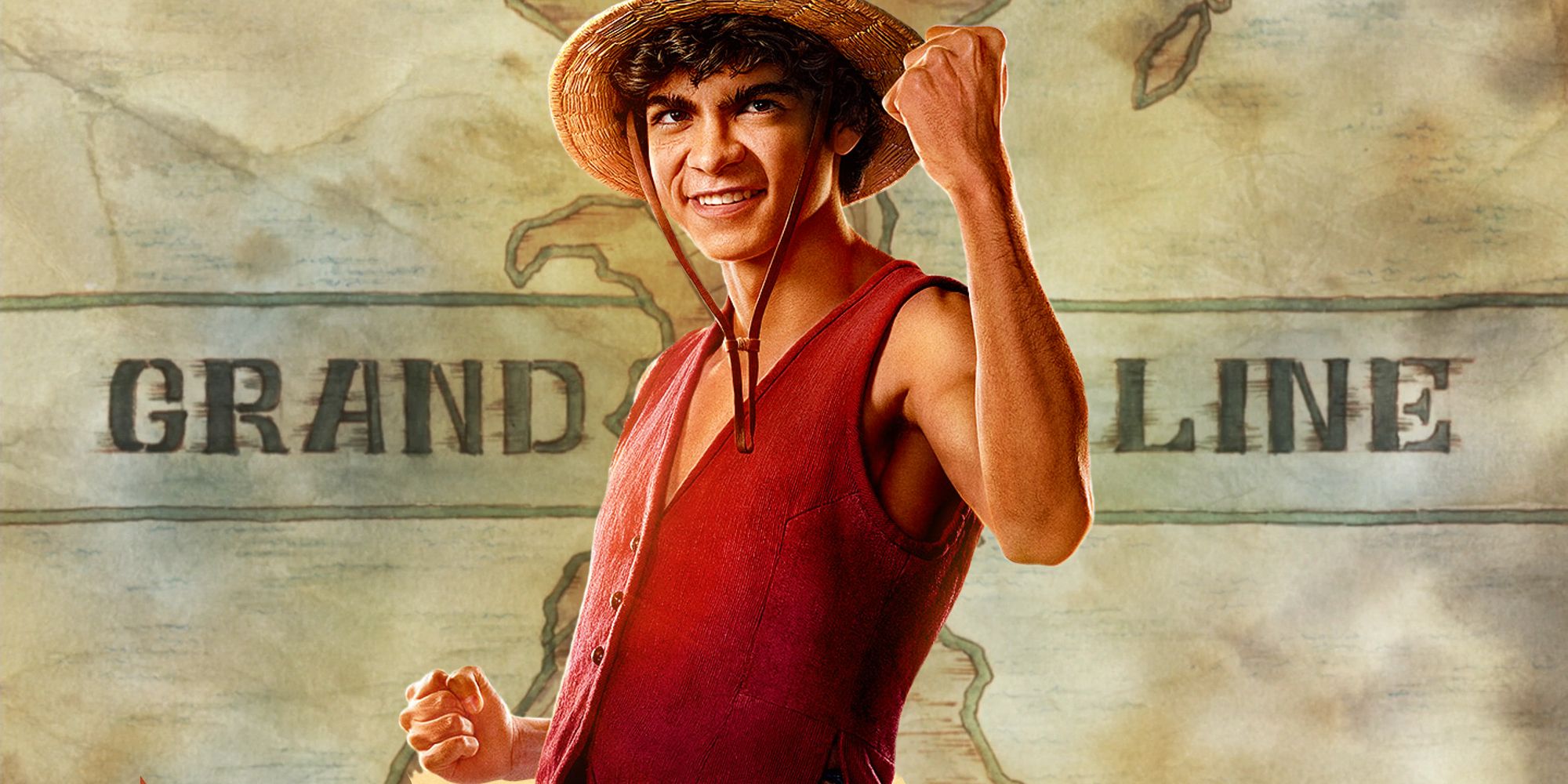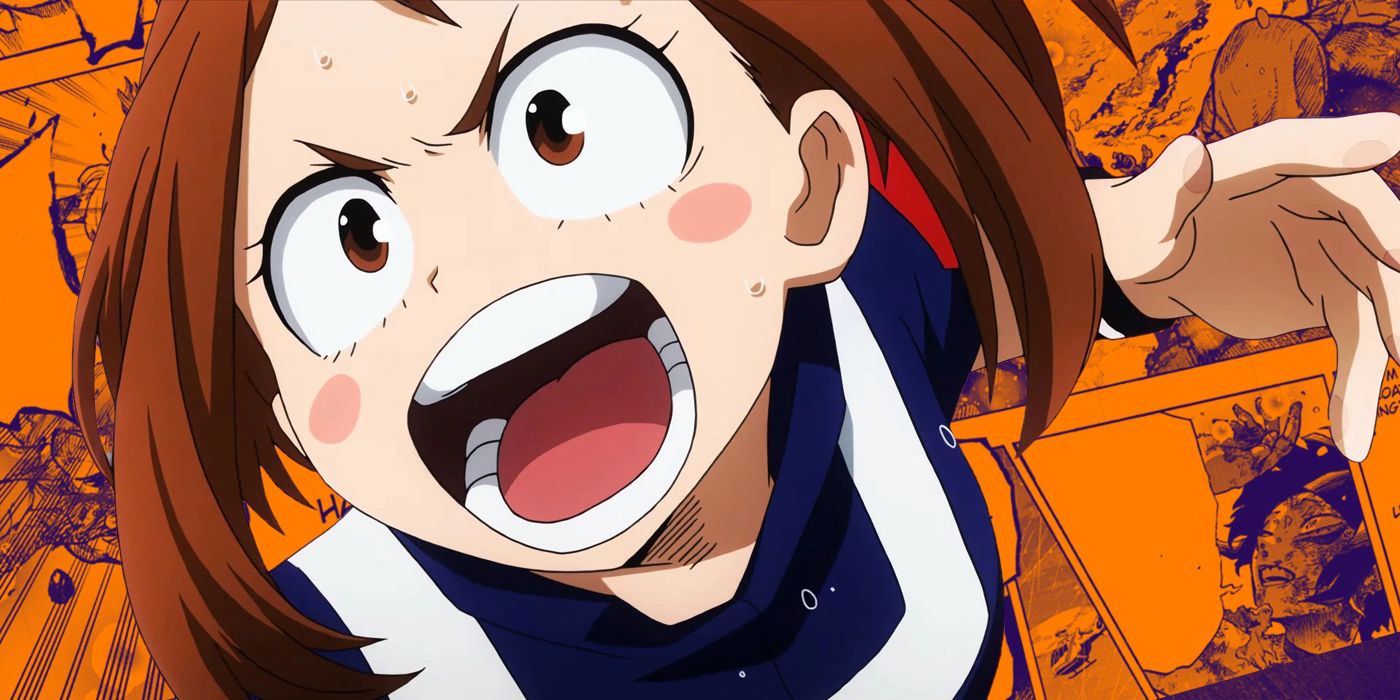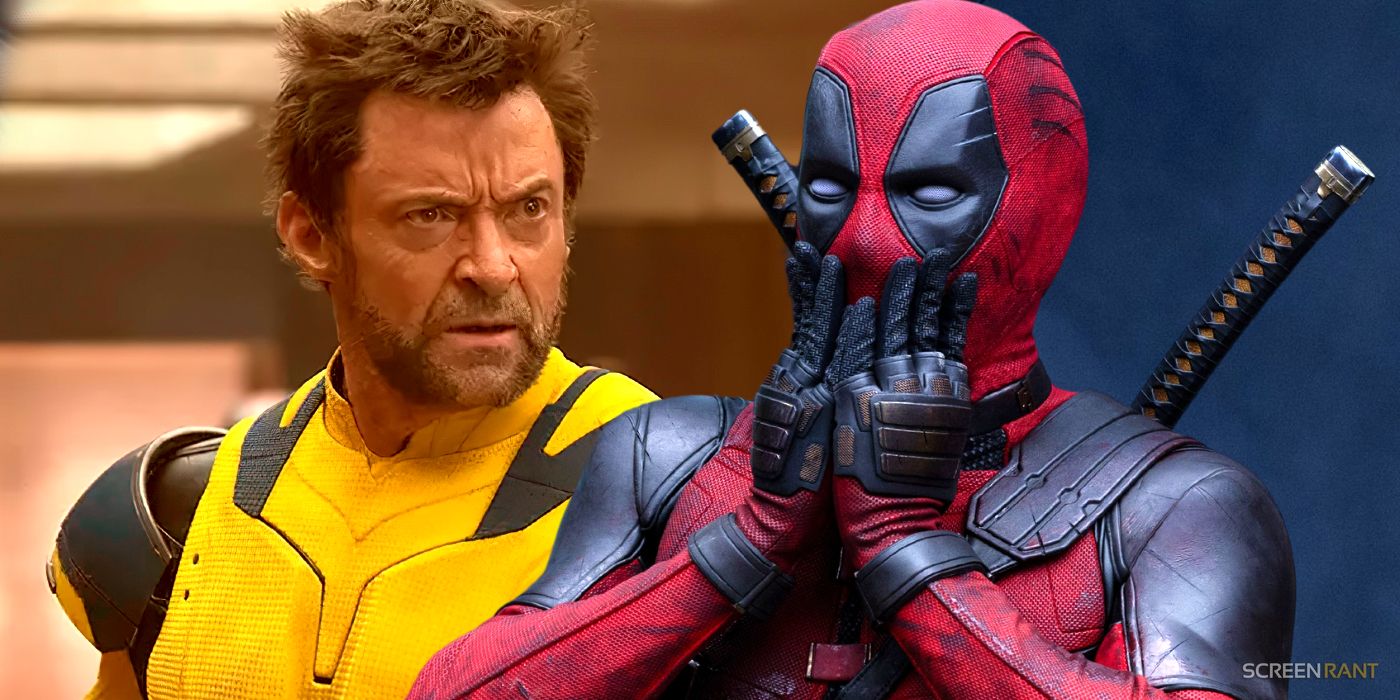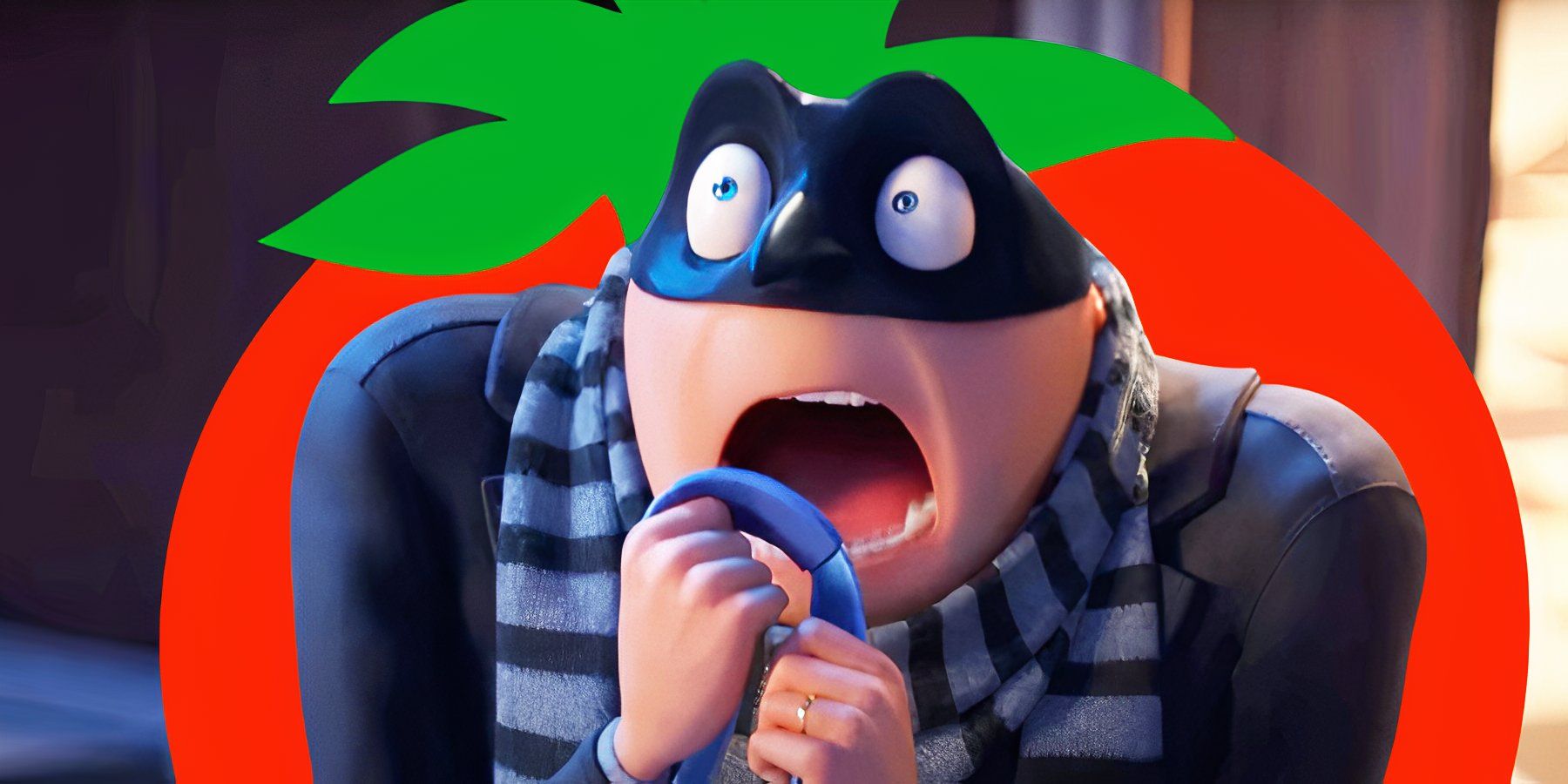Stephen King’s Maximum Overdrive is well-known in the horror sphere as a thoroughly campy story about killer semi-trucks and the only cinematic adaptation of King’s work that he actually directed himself. However, it’s not the only movie based on that Stephen King short story; a second adaptation of King’s Trucks, was released in 1997 as a made-for-TV movie under the name Trucks. Here’s every major difference between the two.
One of King’s many stories about killer cars, Trucks follows a group of people stranded at a rural truck stop as vehicles of all types start to come alive and kill all the humans around them. Both movies are fairly accurate to the source material, each picking and choosing bits to highlight and downplay, though both movies focus on different reasons behind the vehicles coming to life, which is never discussed in the story.
The source material, however, is where the similarities between the two movies stop. They are each very different takes on the same story, expanding on a short story that, in truth, is only a few pages long and doesn’t really include enough detail to make a movie out of without being expanded in some way. Each takes its own unique tone and direction, and, as such, there are a lot of notable differences.
Tone
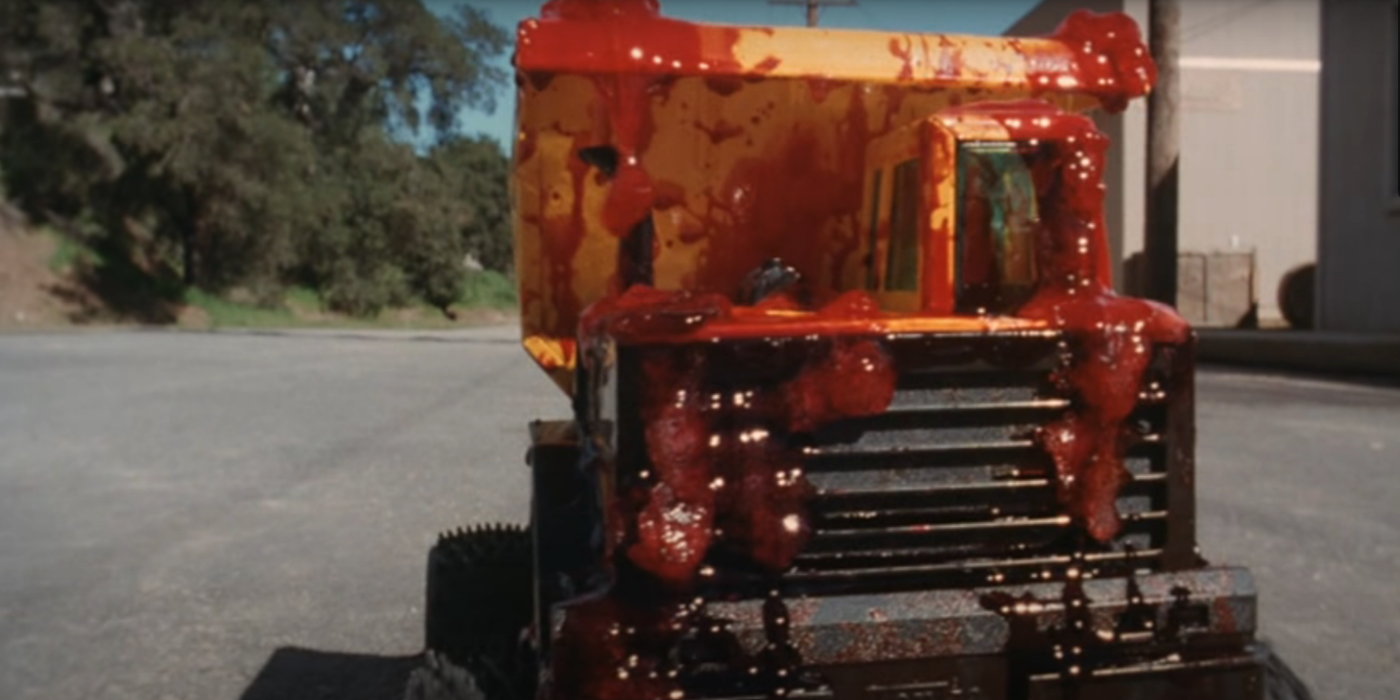
While both movies have the same source material, there are marked differences in the approach to both films. Stephen King being a first-time director as well as being deep in his cocaine addiction at the time of writing and directing Maximum Overdrive, as evidenced by King’s appearance in the trailer, gives the movie a frantic, comedic feel that really works. It leans into the semi-silly subject matter of cars coming to life to kill and produces a thoroughly enjoyable film because of its shortcomings.
On the other hand, Trucks takes itself much more seriously, really delving into the hard science fiction aspect of the story and the reasoning behind why the machines have come alive. The movie was directed by Chris Thomson, a decades-long veteran of TV directing, and the film is therefore much more competently directed and acted. However, this serious tone ultimately hurts the movie, making it much less engaging. It doesn’t deliver enough scares to be chilling, and is too stuffy to be memorable in the way Maximum Overdrive is.
Characters
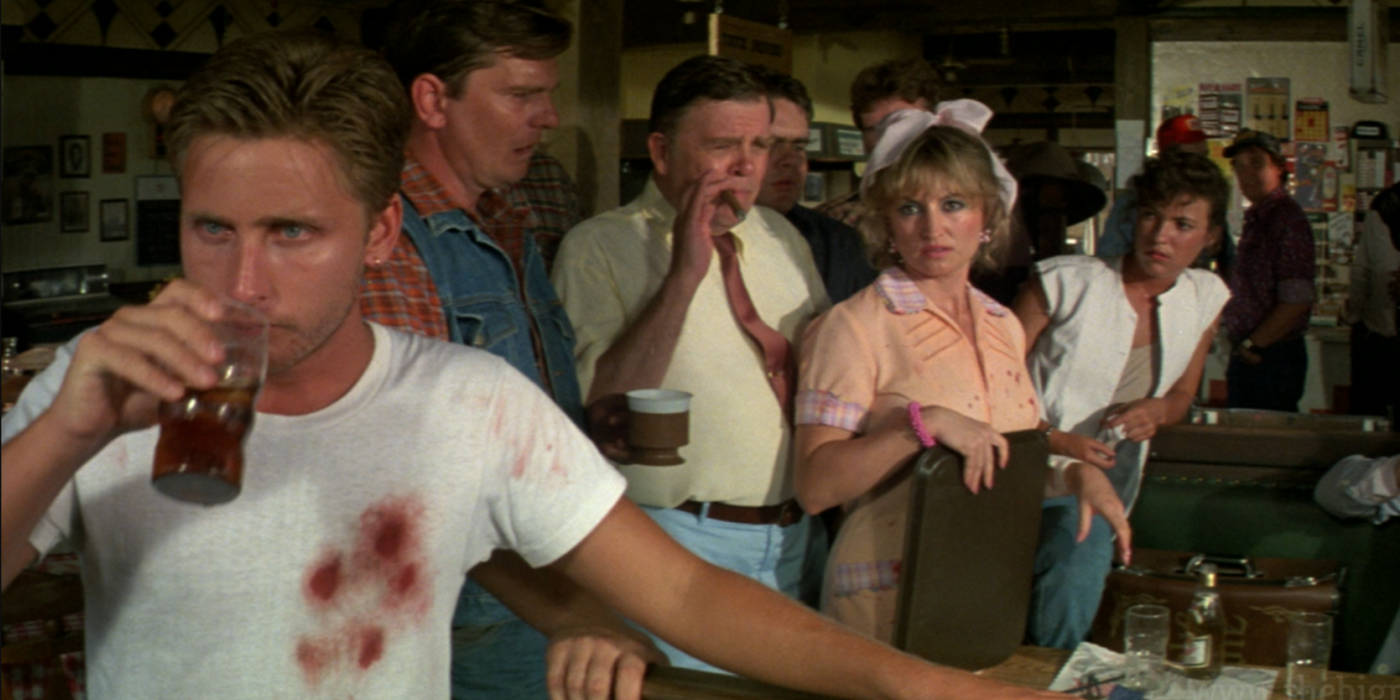
The other major difference between Maximum Overdrive and Trucks are the characters and how they’re written. While the short story lays out a few key characters that are consistent between the two movies – a station owner, a couple, a hero/narrator, and a young boy – the two movies utilize these character inspirations very differently in terms of both how they’re integrated and how they’re written.
Maximum Overdrive takes a much more likable approach to the characters, setting Emilio Estevez (The Breakfast Club) as the male lead hero character and bringing in Laura Harrington (What’s Eating Gilbert Grape) as a hitchhiker with a knife in her boot. The diner and gas station staff and customers are a motley crew, as they’re intended to be, but they’re all enjoyable and silly.
Trucks may have better acting, but ultimately it also has flatter characters who don’t engage the audience the way those in Maximum Overdrive do. Additionally, Trucks sees just the two main men take charge and create solutions to their problems, while Maximum Overdrive has everyone chip in and use their unique skill sets to help.
The women in Trucks also seem to largely be seen as a liability with little to offer to the practical decision-making and survival tasks needed, while those in Maximum Overdrive offer useful insights, multi-dimensional characterization, and a variety of different attitudes. Of course, it’s not as if the male characters are a lot better, but they get to take a lot more of the spotlight in Trucks, while the characters in Maximum Overdrive are better written and more dynamic in general.
Ending
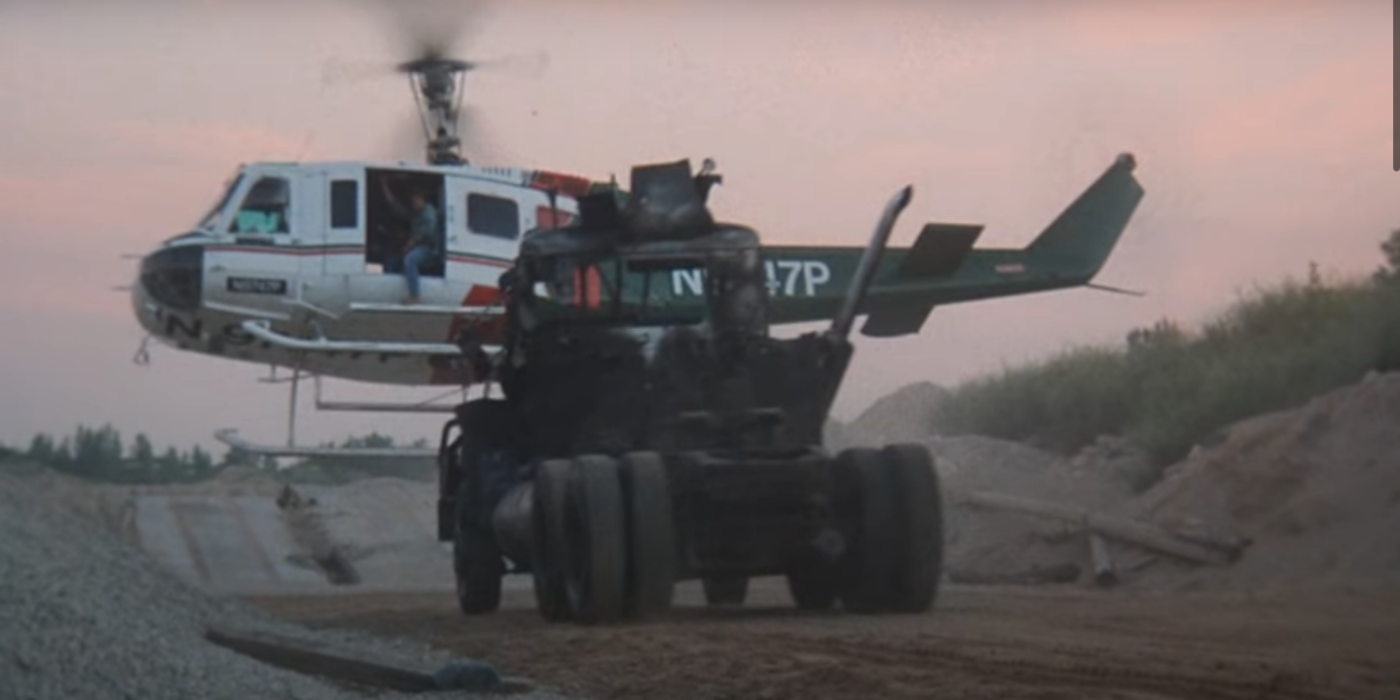
The final major difference between the two movies is how they choose to end things. The ending in Maximum Overdrive sees the main characters escape and survive, explaining through on-screen text that a Russian “weather balloon” would later blow up the troublesome comet that seems to have caused this bizarre effect on the planet’s machines, with everything going back to normal after the Earth leaves the comet trail in six days.
Trucks, on the other end, ends much more similarly to the short story with the last surviving main characters escaping the main killer truck and jumping into a helicopter only to discover that the chopper is unpiloted and they’re being taken who-knows-where by the sentient vehicle. It’s obviously a much darker ending, which fits with the tone of the movie, and also the tone of King’s story, to be fair, but after a movie that didn’t bring that much to the table to begin with, it just feels like even more of a let-down.
Which Movie Is Better Overall?
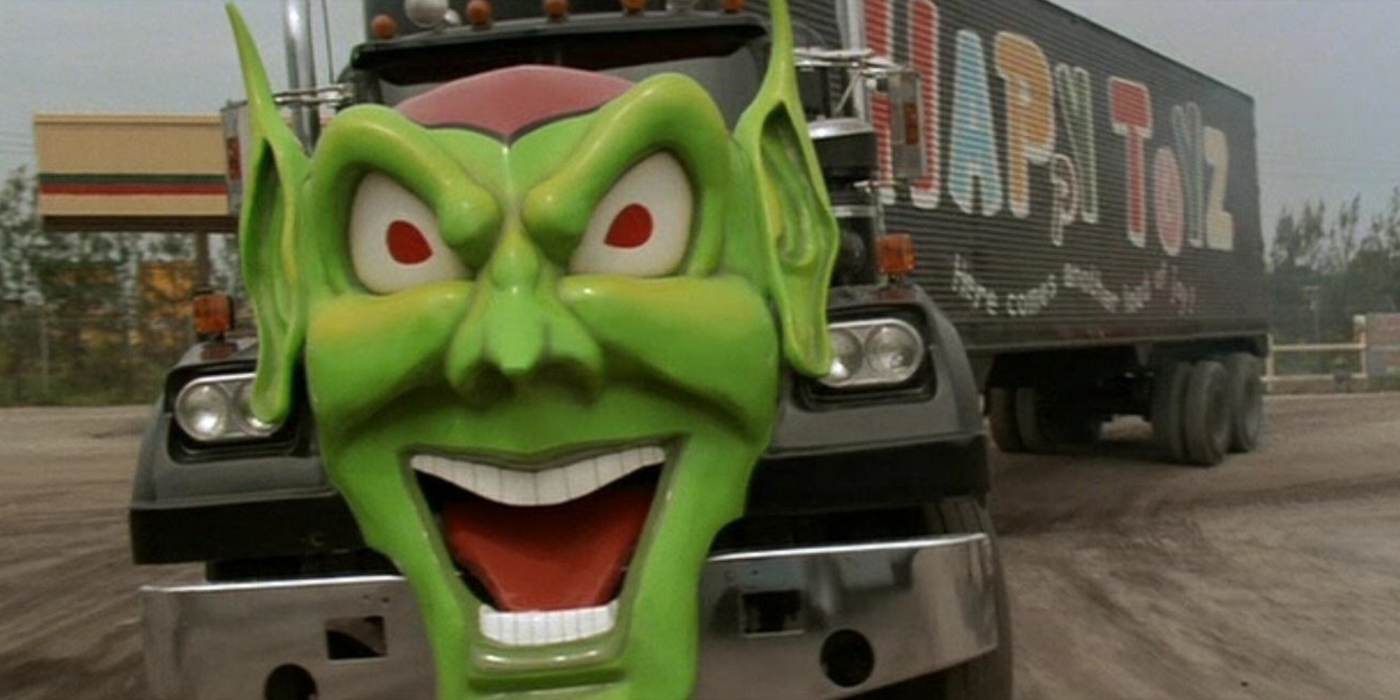
Overall, Maximum Overdrive really benefits from Stephen King’s writing, if not from his directing, and he excels at creating engaging, likable characters, funny moments, and a totally ridiculous film worthy of its status as a cult classic. Even if it’s not scary, Maximum Overdrive is an enjoyable experience for movie-goers, while the 1997 remake really lags behind.
Though both movies are based on the same story, Maximum Overdrive has gone on to become a cult classic, while Trucks is almost never talked about, and there’s a reason for that. Trucks is played much more seriously, trying to be a real sci-fi horror movie, while Maximum Overdrive is absolutely, unapologetically ridiculous. Though neither can really be classified as “good” films, Maximum Overdrive is an enjoyable watch, while Trucks really brings nothing of note to the table when all is said and done.

